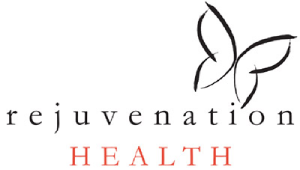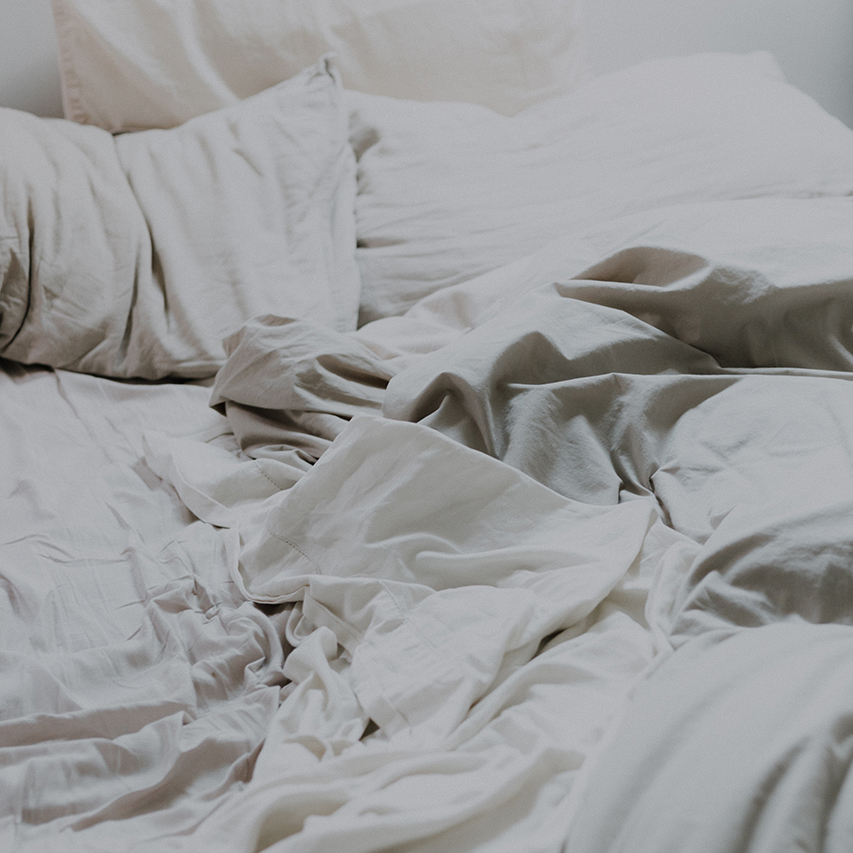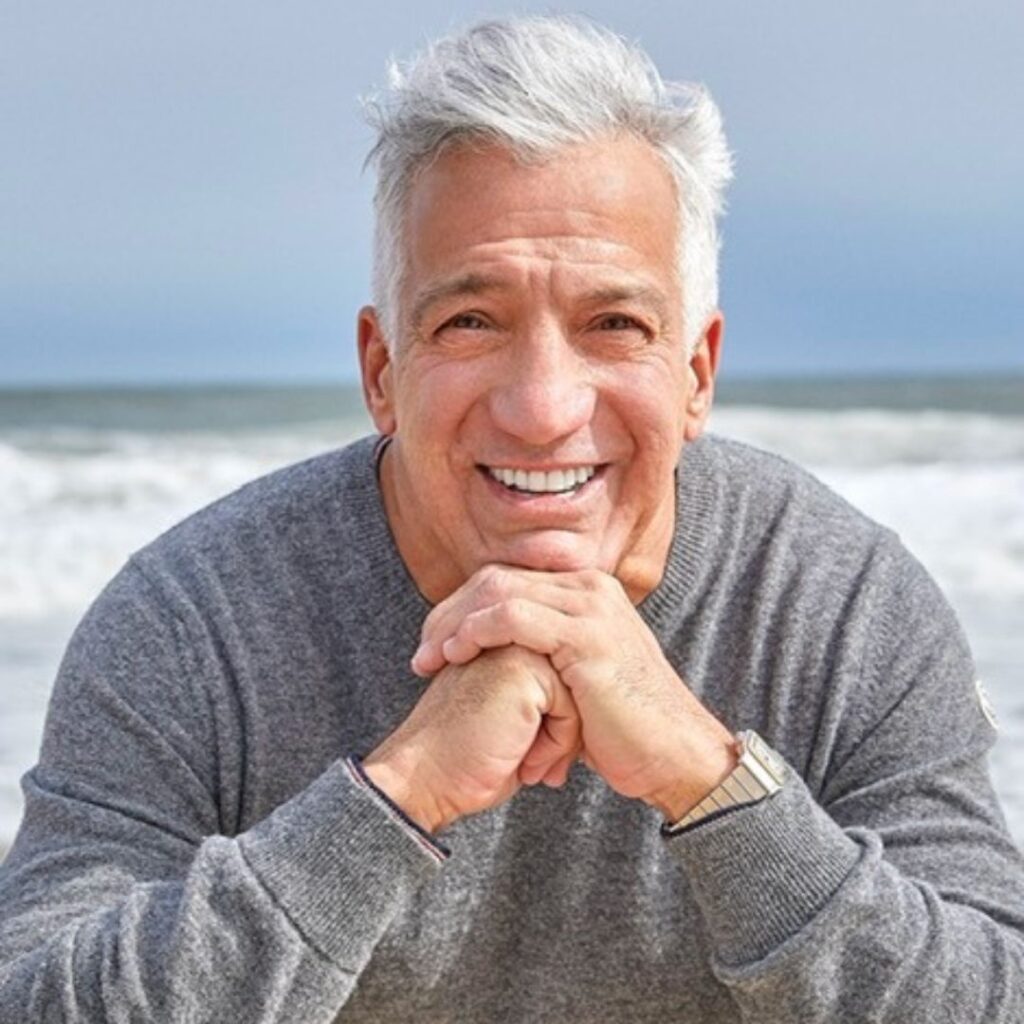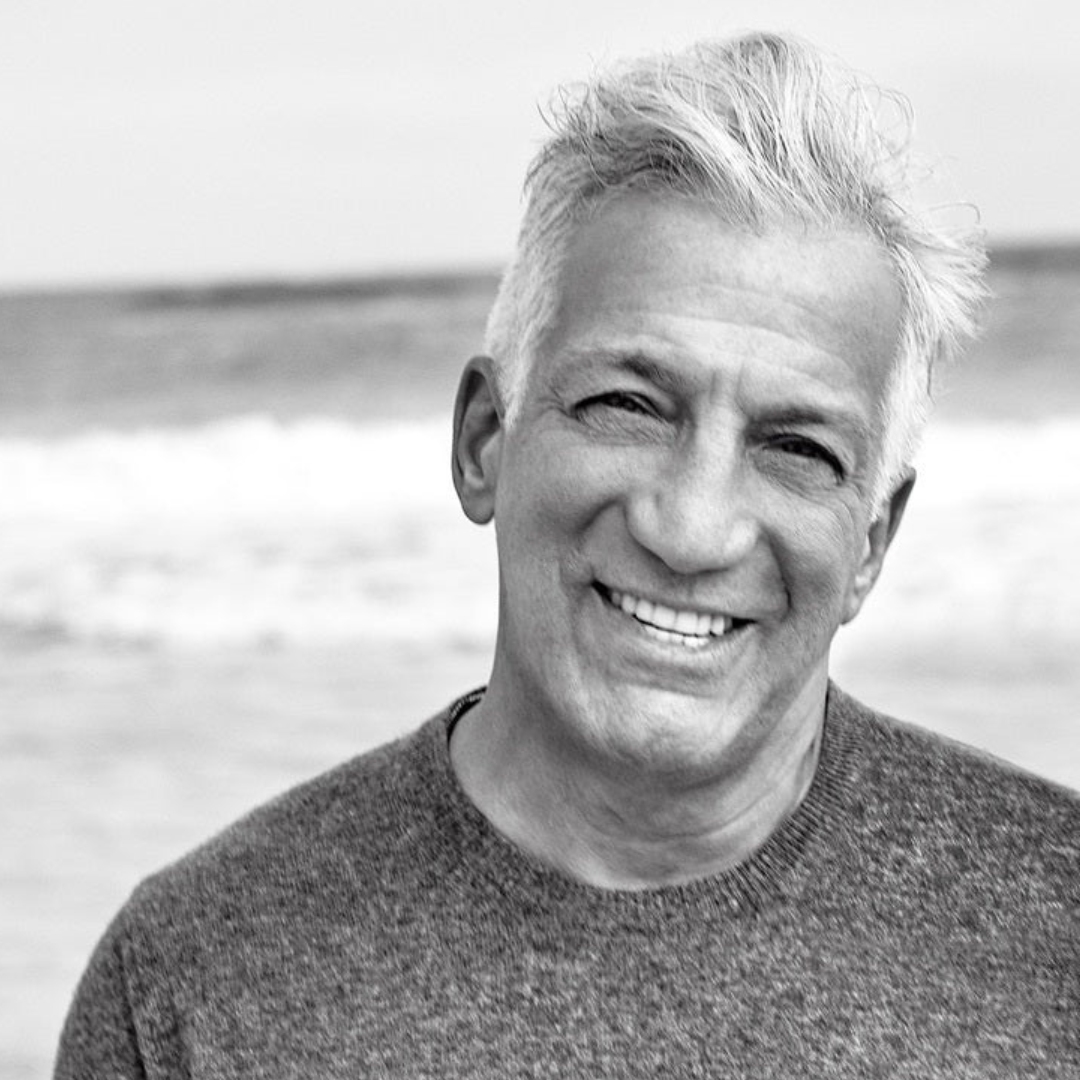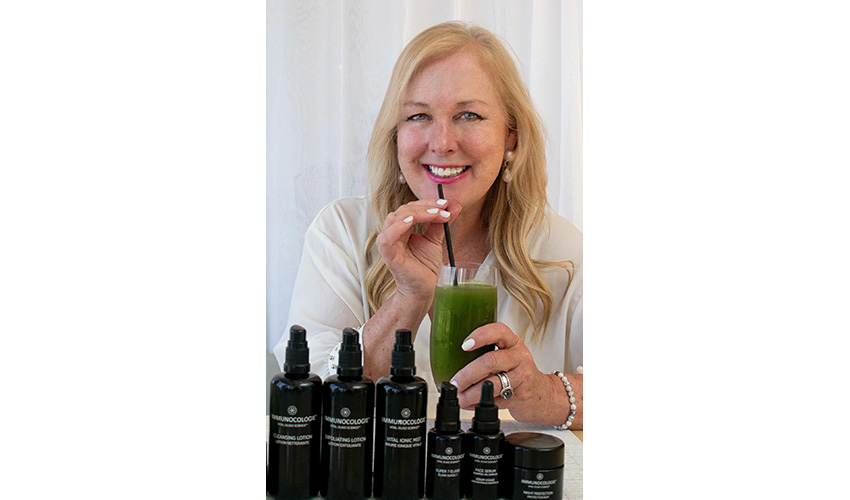Sleep apnea occurs when breathing is interrupted during sleep due to a number of factors. Sleep apnea treatment should be customized based on a person’s specific needs and individual symptoms. One size does not fit all.
The most common and well-known way of treating this condition is using a CPAP machine. This therapy can be successful if used consistently, but it is often over-prescribed as a panacea for sleep apnea.
Many successful alternative treatments to the CPAP may be more effective, more comfortable, and easier to maintain long-term. These range from weight loss to cutting-edge therapies like the Daytime Nighttime Device (DNA).
What is the newest treatment for sleep apnea? The newest treatments for sleep apnea are the oral pressure therapy device (2013), the DNA appliance (2014), and cNEP therapy (2017).
If you suspect you may have sleep apnea, it is vital to get a sleep apnea diagnosis from a healthcare provider using a sleep study for a complete picture of your condition. Explore all of your options with your physician before deciding on your course of treatment.
1. Positional Therapy
The most common type of sleep apnea is obstructive sleep apnea (OSA), in which the cavity near the soft palate is physically obstructed and cuts off airflow at the upper airway. In other words, there’s a physical barrier that prevents you from breathing normally during sleep.
The simplest treatment option in mild cases of OSA is to reposition your body to change sleep positions to achieve more consistent airflow. It’s a natural way to treat sleep apnea symptoms, although this doesn’t actually “cure” sleep apnea.
CPAP machines do this by creating continuous positive airway pressure. CPAP therapy causes several side effects, and a face mask may not be appropriate for mild sleep apnea.
2. Weight Loss
Obesity is a significant risk factor for moderate to severe sleep apnea because the airway muscles are overtaxed from excess weight. A sedentary lifestyle often accompanies obesity, exacerbating the oxygen deprivation caused by sleep apnea.
Eating a more balanced diet, drinking less alcohol, and exercising regularly are healthy weight loss options. Surgery may be an option for some patients who struggle to lose weight naturally.
3. Lifestyle Modification
Sleep apnea doesn’t often occur by itself. Many people with sleep apnea have comorbidities and experience seemingly benign habits (like sleeping with their mouth open) that can have nasty side effects.
For instance, these factors together may increase your risk for heart attack, high blood pressure, or frequent headaches. This is why doctors recommend many lifestyle changes across the board to reduce the side effects.
Quitting smoking, dietary changes, and reducing stress are all treatment options for sleep disorders that should be tried before introducing sleep medicine or more invasive treatments.
Alcohol use also plays a significant role in making sleep apnea worse. Consider cutting back on alcohol to see if you notice a difference.
4. DNA Appliance
Similar in appearance to a retainer, the DNA (or Daytime Nighttime Appliance) is a device that is worn during the late afternoon/early evening and during sleep. It can reverse the root cause of sleep apnea in certain patients.
The DNA has the added benefit of straightening teeth and widening the upper jaw, which aren’t just great for sleep apnea — they improve the look of your smile, too.
A patient’s tongue physically too large for their mouth is one of the primary reasons people suffer from OSA. Researchers have found physically widening the jaw to be a highly effective, non-invasive outpatient treatment for sleep apnea.
5. Orofacial Therapy
Often carried out in a dentist’s office, orofacial specialists help patients retrain the facial muscles that may cause discomfort, often from nighttime teeth grinding. This non-invasive treatment is best for cases of mild sleep apnea.
A meta-analysis review showed a 50% reduction in adult sleep apnea using these simple exercises. Many of these exercises are designed to increase the mandibular range of motion without the use of a mouthguard or other device.
6. Oral Appliances (MAD & More)
Many patients are surprised to find how involved their dentist is in treating sleep apnea.
How do dental devices treat sleep apnea? Dental devices treat sleep apnea by temporarily or permanently changing the shape and alignment of the jaw. This may help offset or reverse the root cause of sleep apnea, which is the tongue being much too large to fit in the mouth.
Oral appliances for reducing sleep apnea symptoms may include:
- Daytime-Nighttime Appliance (DNA): As discussed above, the DNA helps reshape and expand the upper jaw and soft palate to reverse the root cause of sleep apnea.
- Mandibular advancement device (MAD): This dental device shifts the jaw to expand the airway. It’s a staple for many dentists but is a relatively large and pricey appliance. An MAD must be worn during sleep to support sleep apnea relief.
- Tongue retention device (TRD): Also called a tongue-retaining device or tongue-stabilizing device, the TRD is shaped a bit like a pacifier to stick your tongue in. These devices pull the tongue forward to prevent it from blocking the airway during sleep. Results of a TRD for sleep apnea are similar to an MAD.
- Night guard: A night guard is a specific type of mouthguard used to protect your teeth from nighttime grinding. While this is a less expensive option than the other oral appliances above, a night guard is only a temporary solution. It does nothing to prevent sleep apnea symptoms and simply protects your teeth from bruxism-related damage.
Some of these appliances are more likely to be covered by private insurance and medicare than other dental treatments, as they help treat a medical condition.
7. BiPAP
BiPAP treatment is similar to CPAP. However, BiPAP allows for 2 different pressure levels to create constant airflow. It is referred to as a bilevel device.
Patients with moderate sleep apnea often enjoy the lower pressure a BiPAP mask allows. It is more comfortable to wear over longer periods than a CPAP mask and is usually tolerated better.
8. APAP
APAP machines are devices that create variable positive airway pressure. They remain on the lowest setting until the machine detects a higher pressure is needed to maintain the patient’s airflow.
They generally aren’t the first line of defense because of the higher cost of the more expensive machine. CPAP remains dominant in the positive airway pressure devices market.
9. Adaptive Servo Ventilation (ASV)
The second, less common type of sleep apnea is central sleep apnea (CSA), during which the brain misfires and the muscles that control breathing contract inconsistently.
Adaptive Servo Ventilation provides variable pressure to the airway, similar to an APAP machine.
ASV is more appropriate than APAP for patients with central sleep apnea. Since the brain is the root cause and not a physical obstruction, consistent pressure isn’t required to treat the symptoms.
Again, this therapy attacks the symptoms, not the underlying brain condition causing the CSA.
10. EPAP Valve
Because sleep apnea is so common, and the CPAP treatment is so established, many patients are left to their own research for alternatives.
An expiratory positive airway pressure (EPAP) device is connected to the nose. It creates the pressure needed to hold the airway open during exhaling, which is the opposite of a traditional CPAP device.
The EPAP is much more comfortable than its predecessors, allowing for more restful sleep. Studies have shown significant patient satisfaction in the treatment of OSA.
The success of this device will hinge on the physical structure of the individual’s nasal structure. It is not appropriate in all cases.
11. Hypoglossal Nerve Implant (Inspire Device)
If you stop breathing due to OSA, you may not even realize it outside of some daytime sleepiness and an inability to get consistent, restful sleep.
Your doctor may recommend a hypoglossal nerve implant for relatively mild cases such as this. This implant uses an electrical current to stimulate the hypoglossal nerve directly. Instead of attacking the symptoms, doctors can go right to the root cause of the affliction.
The FDA has approved one such device from Inspire that has been implanted in more than 6,000 patients to date. Hypoglossal nerve stimulation still requires invasive surgery, so, though it’s effective, the Inspire device is typically is not a front-line solution.
12. Surgery
Surgery is often considered a last resort treatment plan for removing obstructions.
Several surgical procedures may improve or reverse sleep apnea symptoms, including:
- Tonsillectomy, in which the tonsils are removed to provide more physical space near the airway
- Nasal surgery to repair a deviated septum
- Uvulopalatopharyngoplasty (UPPP), in which extra soft tissue is removed from the soft palate or enlarged adenoids to increase airflow
- Jaw surgery known as a maxillomandibular advancement to physically realign the upper jaw and lower jaw
- Bariatric surgery to help with weight loss
13. Oral Pressure Therapy (OPT)
In oral pressure therapy (OPT) for sleep apnea, a bedside console with a pump is connected to a pre-manufactured mouthpiece via a flexible tube. This device creates a vacuum within the mouth, directing the soft palate forward and allowing for easier breathing.
Mouthpieces come in 10 sizes to suit most patients. Universal mouthpieces help reduce costs compared to some of the alternatives, such as a custom-fitted dental appliance, but it’s still going to cost over $1,000.
Studies have shown that certain patients will experience sufficient symptom reduction to restore normal sleep.
14. Continuous Negative External Pressure (cNEP)
Continuous negative external pressure therapy (cNEP) is a promising new alternative appliance that works like an iron lung for your airway.
By creating constant negative pressure outside the neck, the muscles and tissues in the airway are less restricted to make breathing easier.
The therapy has shown promise, but is rather new to the market. Pilot studies have shown encouraging results in the short term.
Take a root-cause approach to treating sleep apnea.
Ultimately, the best sleep apnea device varies from patient to patient based on lifestyle choices and underlying comorbidities. In general, a device that takes a root-cause approach, has fewer long-term side effects, and is equally effective at treating OSA is preferred.
Not every patient will present with the same symptoms, especially children, so it remains important to talk to your doctor early if you suspect sleep apnea may be a cause for concern.
At Rejuvenation Dentistry, we often see great success using CPAP alternatives like the DNA appliance to reverse sleep apnea. Set up an appointment at our Manhattan or East Hampton location today.
